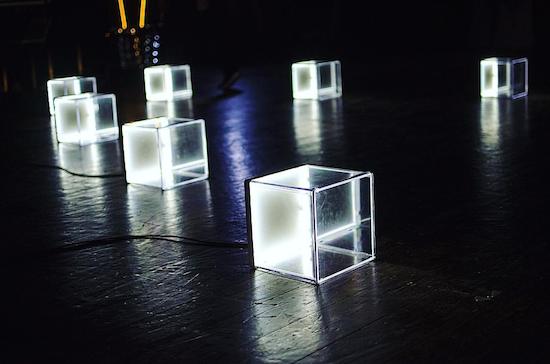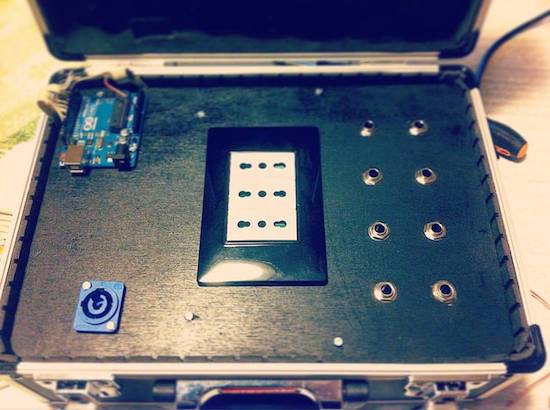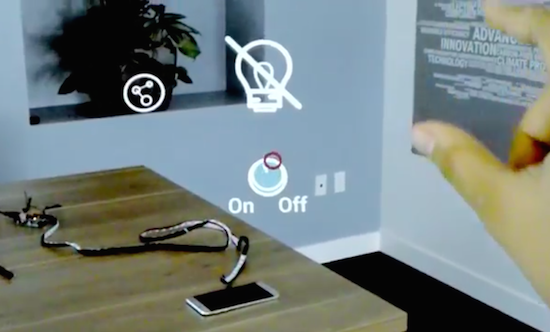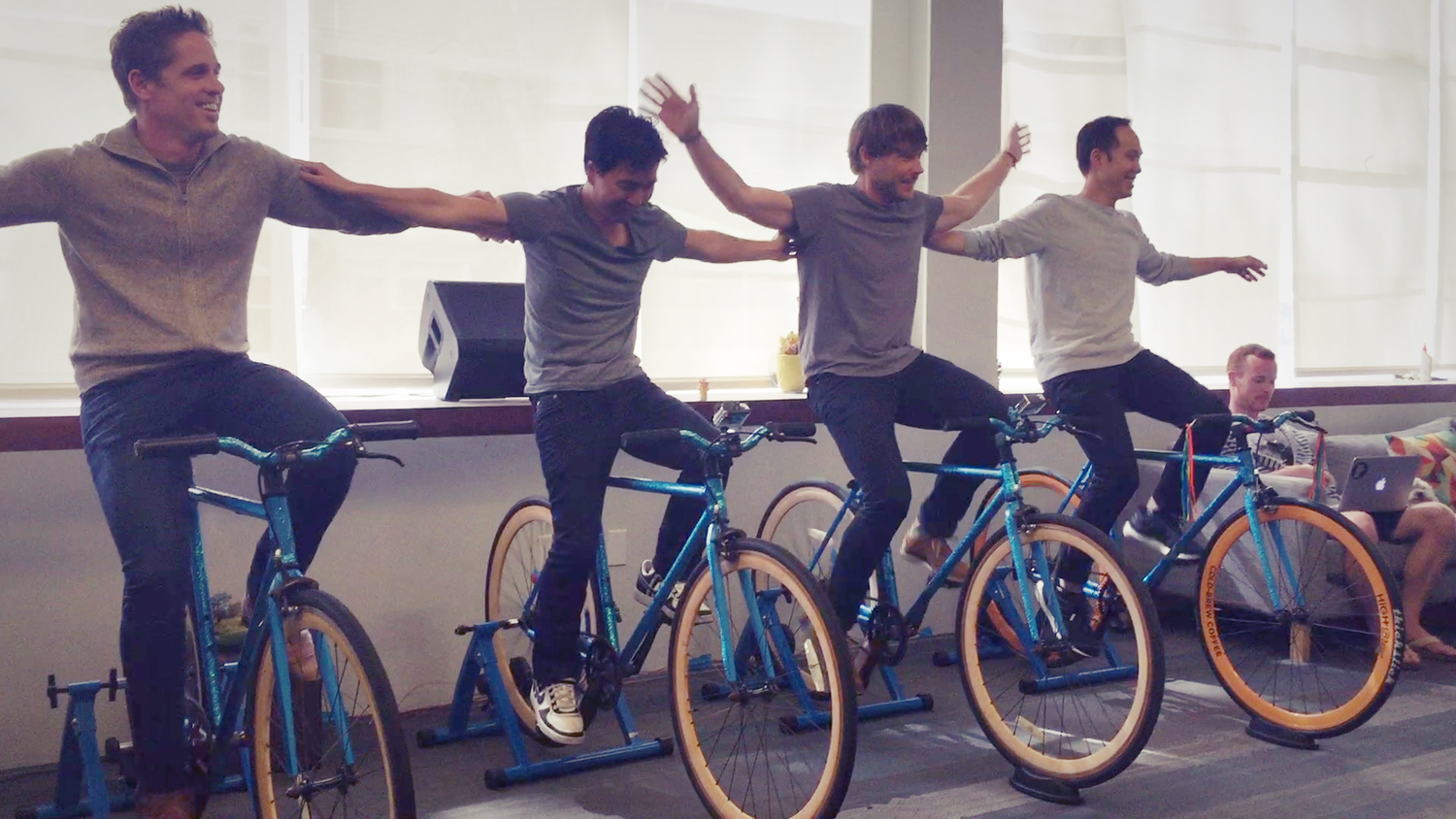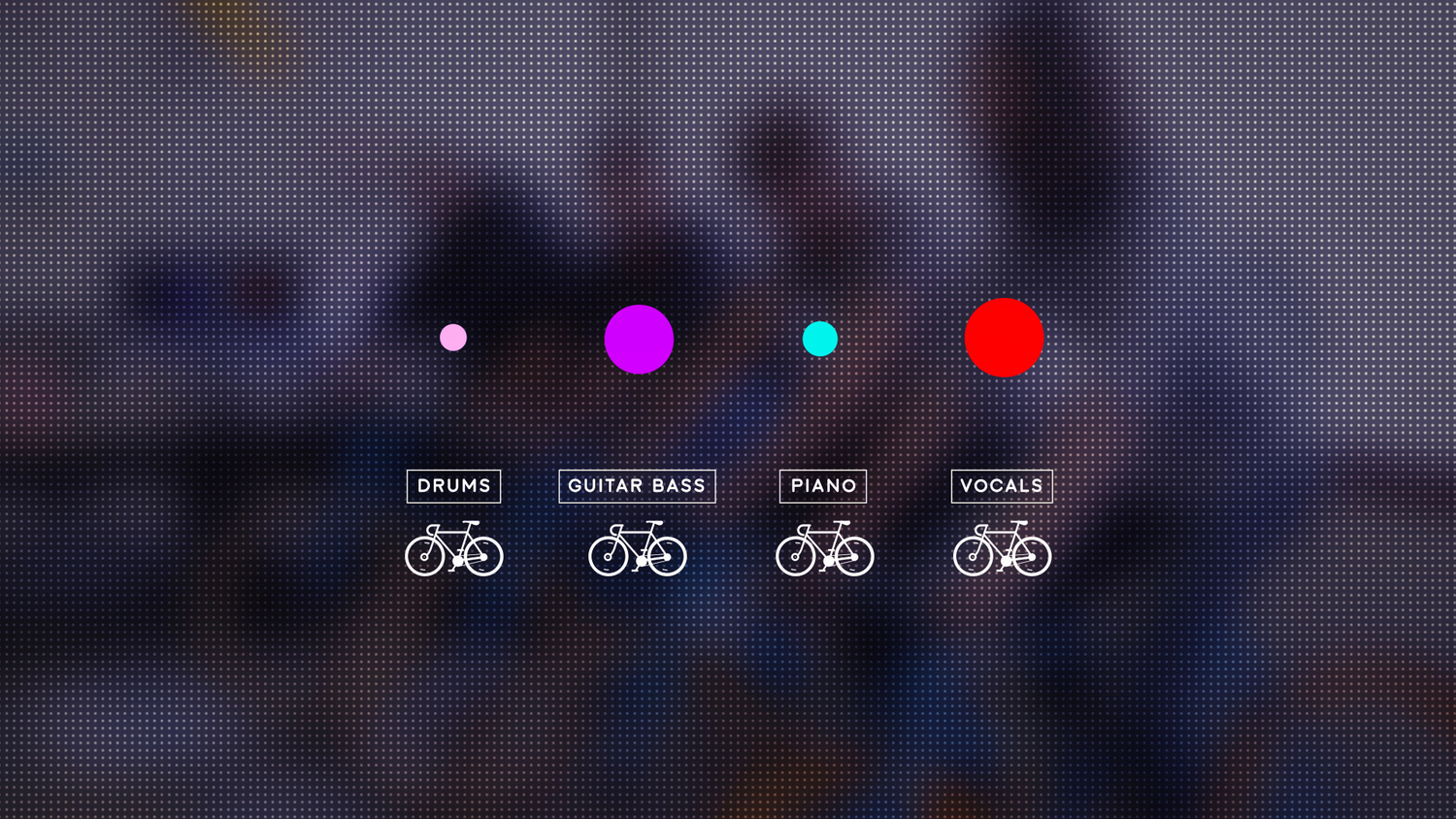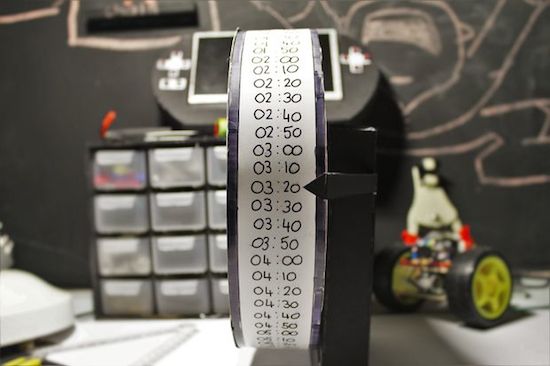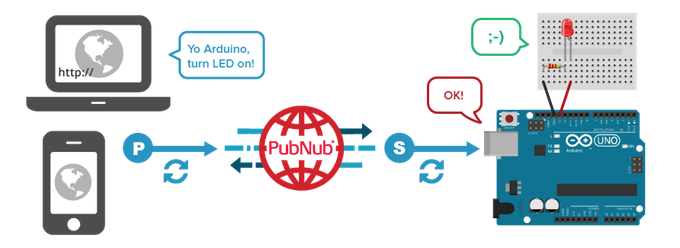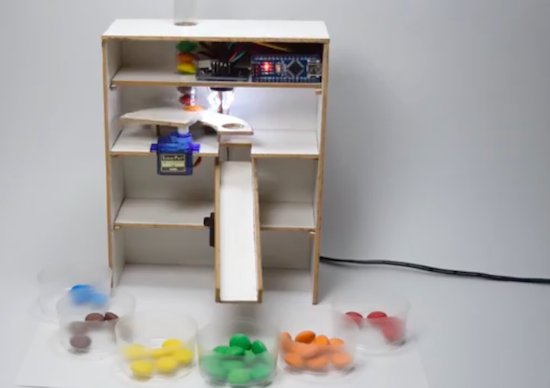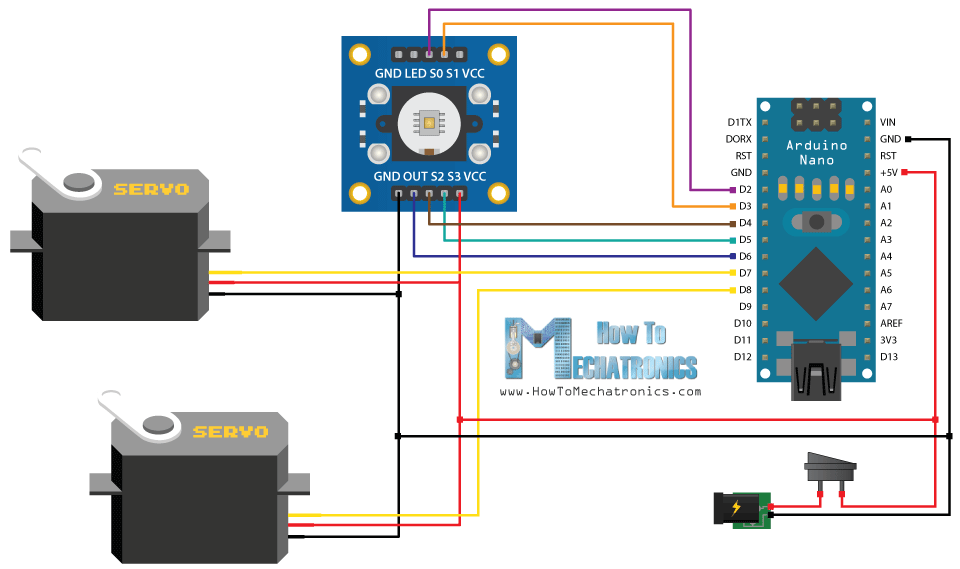
Great news, Makers! We’re excited to announce the immediate availability of the Arduino IDE 1.6.10, AVR core 1.6.12 and SAM core 1.6.9.
The most notable feature of this release is the introduction of an up-to-date bundled toolchain for AVR containing the latest goodies from Atmel, GCC and AVRDUDE devs.
Thanks to LTO (Link Time Optimization), making your sketches smaller and faster is now only a push of the “Compile” button away.
The AVRDUDE update brings out-of-the-box support for a wide range of microcontrollers and debuggers, making it is as simple as possible to deploy. (For example, problems with Gatekeeper on Mac and dependencies on Linux are a thing of the past.)
Likewise, the builder has received the love it deserves and some of its shortcomings are gone forever. You’ll never have to worry again about encountering weird errors if you need to use C++ advanced libraries like .
All these improvements have been shared with Arduino Create, our cloud-based IDE. Check it out if you’ve never tried it, or test out these enhancements if you’re already an active user! 
Of course, we also fixed some corner cases for user experience, so now we have a better error reporting when the upload fails and a [nicer] way to include libraries containing lots of header files.
What’s more, we have gone ahead and developed a new firmware and certificate updater for MKR1000 / WiFi101 Shield users–it’s bundled with the IDE and available as a plugin for older installations.
Our community effort continue to grow well with tons of bugfixing, proposals, and libraries added to the Library Manager. As you can imagine, this makes us extremely happy–thank you all for the contributions!
As usual, be sure to check the entire changelog for a complete list of changes and credits. Don’t forget to report any issue you may find, either on GitHub or on the Arduino Forum–your help is very much appreciated.
Go ahead and download IDE 1.6.10! Happy hacking!
